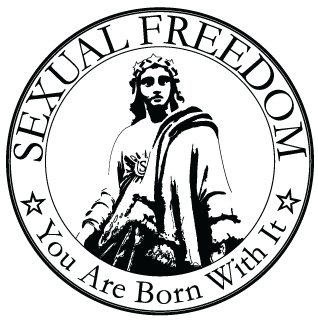Urantia
-
This is the second installment about Giulio Prisco’s upcoming book entitled, tentatively, Tales of The Turing Church. A draft of his chapter, “Sex and the Art of Cosmic Governance,” that includes recollections of his many interactions with VenusPlusX Co-founder Dan Massey. Part 1 included an excerpt from Dan’s talk at the Transvision conference where we met Giulio for…
